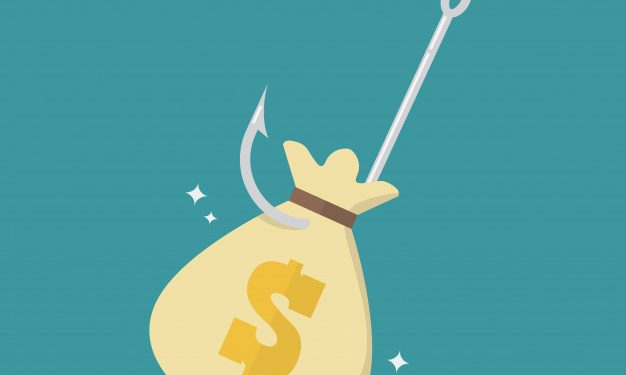The early-Monday failure of First Republic Bank—the troubled bank was acquired by JPMorgan Chase & Co. in a government-led deal—has at least two immediate impacts:
- It’s the second-largest bank failure in U.S. history, behind only the 2008 failure of Washington Mutual, which was also acquired by JPMorgan Chase. Three of the four largest U.S. bank failures have occurred in the past two months, with the March collapses of Silicon Valley Bank and Signature Bank joining that list.
- JPMorgan Chase, already the largest bank in the country, just got bigger. JPMorgan, led by Jamie Dimon, acquired $173 billion in First Republic Loans, $30 billion in securities, and $92 billion in deposits, according to news reports. At the end of 2022, JPMorgan had $2.34 trillion in deposits.
From the perspectives of JPMorgan and the government, the move also staved off a larger crisis. With First Republic teetering in recent weeks, private efforts to shore up the balance sheet hadn’t worked, and customers had been pulling their deposits. In stepping in, JPMorgan offered to take the entire bank, minimizing the impact on the FDIC’s insurance fund. The agency expects a hit of about $13 billion.
Dimon, in a conference call with reporters, said the move will help stanch the flow of bank failures.
“This is getting near the end of it, and hopefully this helps stabilize everything,” he said, noting “good results” in first-quarter numbers by regional banks. “The American banking system is extraordinarily sound.”
How First Republic Failed
First Republic Bank, based in San Francisco, saw the value of its bonds and loans squeezed as the Federal Reserve continually boosted interest rates to battle inflation. Those holdings had been purchased when rates were lower. That led to a fleeing of depositors, which took a chunk out of the bank’s capital.
A discouraging first-quarter report exacerbated matters. Rescue efforts—including $30 billion in deposits from a consortium of 11 U.S. banks, including JPMorgan—brokered by U.S. regulators couldn’t right the ship. The bank’s stock was trading at less than $5 by late April. Then came Monday’s events.
“We should acknowledge that bank failures are inevitable in a dynamic and innovative financial system,” said Jonathan McKernan, a member of the FDIC board of directors, in a statement released by the agency. “We should plan for those bank failures by focusing on strong capital requirements and an effective resolution framework as our best hope for eventually ending our country’s bailout culture that privatizes gains while socializing losses.”
Criticism of the Move
The idea of a larger, more powerful iteration of JPMorgan isn’t being viewed as a positive in some quarters.
Sen. Elizabeth Warren (D-Mass.), a frequent critic of bank consolidation, took to Twitter, writing, “The failure of First Republic Bank shows how deregulation has made the too-big-to-fail problem even worse. A poorly supervised bank was snapped up by an even bigger bank—ultimately taxpayers will be on the hook. Congress needs to make major reforms to fix a broken banking system.”
What Now?
The assumption of First Republic will be overseen by Marianne Lake and Jennifer Piepszak, co-CEOs of JPMorgan’s consumer and community banking unit, Dimon said. The First Republic name won’t be kept, the CEO added.
As the United States’ dominant bank grows, Main Street banks are finding rougher sledding. The first-quarter earnings reports Dimon cited and praised also reflected deposit declines that have become a big concern. Low rates gave depositors little reason to move their money around, and banks had easy access to funding for loans, bond purchases, and other securities. Higher rates have sent those depositors scurrying and have prompted banks to boost what they pay out on products such as savings accounts and certificates of deposit in an effort to keep those customers.







